
A wall construction of a large intaglio print with wooden supporting slat and a copper basket containing 12 smaller prints. The construction is designed to be hung unframed and reinforced by a Plexiglas backing sheet with wall mount..
varies; 32 x 28 x 3¾". 7.
Crown Point Press and Dena Schuckit.
$30,000 InquireInquire

Color soft ground etching with foul biting and hand staining.
20 x 18"; 27 x 21". 10.
Crown Point Press and Rachel Fuller.
$5,500 InquireInquire

Color hard ground etching with foul biting and hand staining.
14 x 14"; 25 x 19½". 10.
Crown Point Press and Rachel Fuller.
$5,500 InquireInquire

Color soft ground etching with hand staining and dyed string chine collé printed on Senka-shi and white Hosho paper.
19 1/2 x 25"; 19 1/2 x 25". 10.
Crown Point Press and Rachel Fuller.
$5,500 InquireInquire
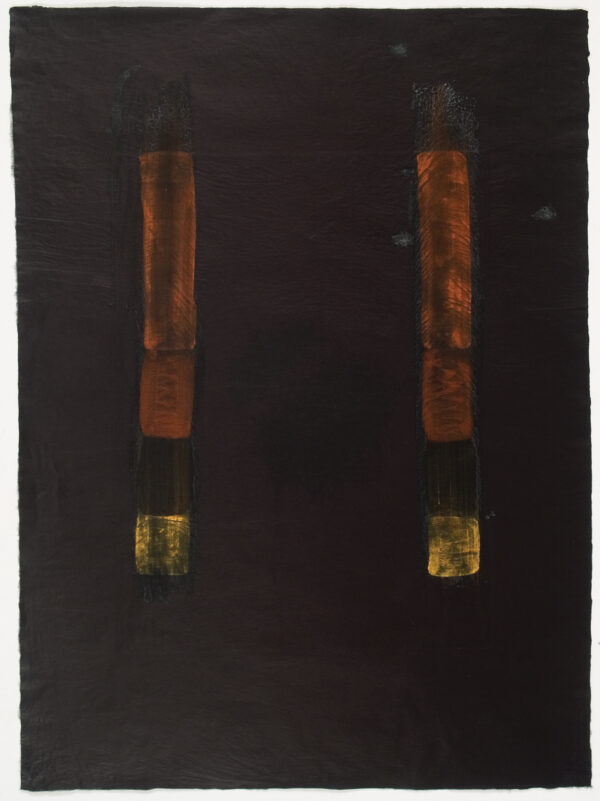
Hard ground etching with drypoint and color hand staining.
29½ x 21½"; 29½ x 21½". 10.
Crown Point Press and Rachel Fuller.
$5,500 InquireInquire

Color soft ground etching with hand staining.
12 x 16"; 19½ x 25". 10.
Crown Point Press and Rachel Fuller.
$5,500 InquireInquire

Color soft ground etching with hand staining and attached gampi strip.
21½ x 27½"; 21½ x 27½". 10.
Crown Point Press and Rachel Fuller.
$5,500 InquireInquire

Color hard ground and soft ground etching with hand staining.
21½ x 27¼"; 21½ x 27¼". 10.
Crown Point Press and Rachel Fuller.
$5,500 InquireInquire
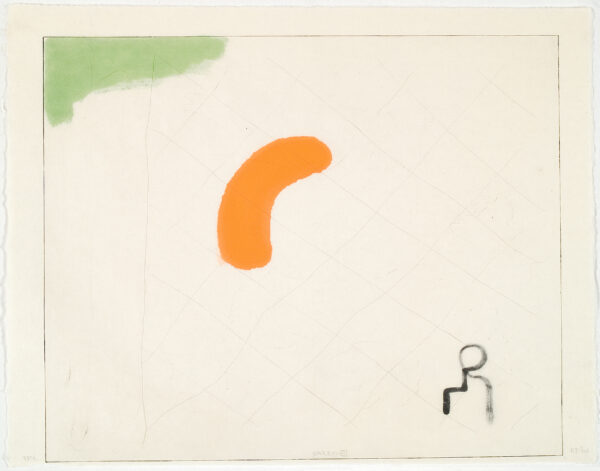
Color hard ground etching with drypoint and hand staining.
17¾ x 21¾"; 19½ x 25". 10.
Crown Point Press and Rachel Fuller.
$5,500 InquireInquire

Color soft ground etching with hand staining and chine colle.
27 x 21½"; 27 x 21½". 10.
Crown Point Press and Rachel Fuller.
$5,500 InquireInquire
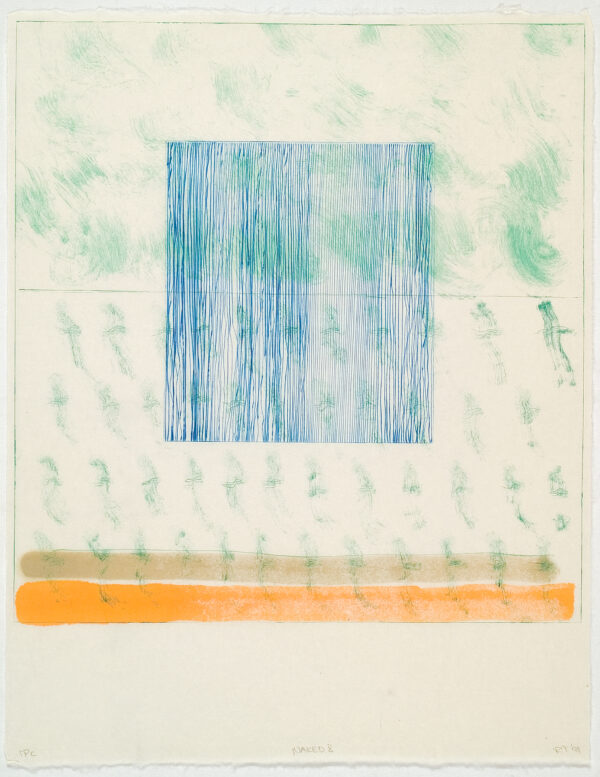
Color soft ground etching with drypoint and hand staining.
25 x 19½"; 25 x 19½". 10.
Crown Point Press and Rachel Fuller.
$5,500 Proof AvailableProof Available
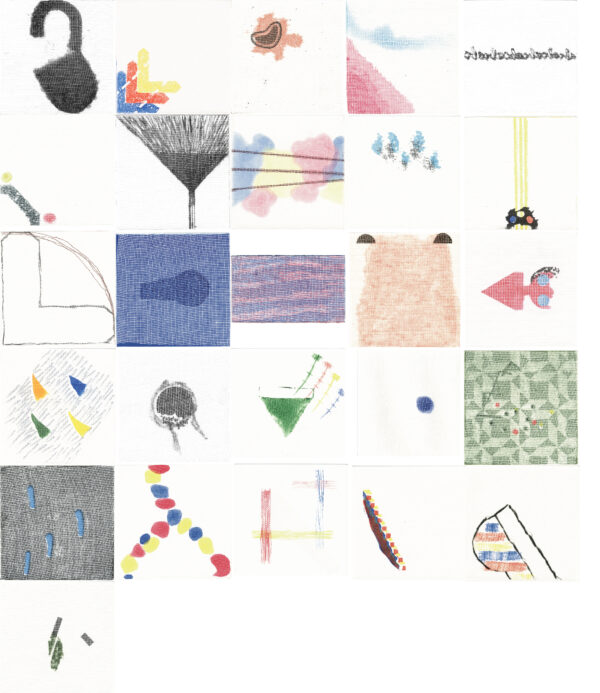
Portfolio of 26 color etchings with tarlatan chine collé.
3 x 3"; 13 x 13". 15.
Crown Point Press and Dena Schuckit.
$38,000 InquireInquire

Soft ground etching with spit bite aquatint and tarlatan chine collé, printed from one plate. From Type, a portfolio of twenty-six etchings.
3 x 3"; 13 x 13". 15.
Crown Point Press and Dena Schuckit.
$1,500 fair market value Unavailable

Color spit bite on hand-dropped aquatint with tarlatan chine collé, printed from three plates. From Type, a portfolio of twenty-six etchings.
3 x 3"; 13 x 13". 15.
Crown Point Press and Dena Schuckit.
$1,500 fair market value Unavailable

Flat bite with aquatint and ink-dipped tarlatan chine collé, printed from one plate. From Type, a portfolio of twenty-six etchings.
3 x 3"; 13 x 13". 15.
Crown Point Press and Dena Schuckit.
$1,500 fair market value Unavailable

Color spit bite aquatint with ink-dipped tarlatan chine collé, printed from one plate. From Type, a portfolio of twenty-six etchings.
3 x 3"; 13 x 13". 15.
Crown Point Press and Dena Schuckit.
$1,500 fair market value Proof AvailableProof Available

Drypoint with tarlatan chine collé, printed from one plate. From Type, a portfolio of twenty-six etchings.
3 x 3"; 13 x 13". 15.
Crown Point Press and Dena Schuckit.
$1,500 InquireInquire

Spit bite on hand-dropped aquatint with color spit bite aquatint and tarlatan chine collé, printed from two plates. From Type, a portfolio of twenty-six etchings.
3 x 3"; 13 x 13". 15.
Crown Point Press and Dena Schuckit.
$1,500 Unavailable

Drypoint with aquatint and tarlatan chine collé, printed from one plate. From Type, a portfolio of twenty-six etchings.
3 x 3"; 13 x 13". 15.
Crown Point Press and Dena Schuckit.
$1,500 InquireInquire

Color spit bite aquatint with soft ground etching and tarlatan chine collé, printed from four plates. From Type, a portfolio of twenty-six etchings.
3 x 3"; 13 x 13". 15.
Crown Point Press and Dena Schuckit.
$1,500 fair market value Unavailable

Color drypoint with tarlatan chine collé, printed from two plates. From Type, a portfolio of twenty-six etchings.
3 x 3"; 13 x 13". 15.
Crown Point Press and Dena Schuckit.
$1,500 fair market value Unavailable
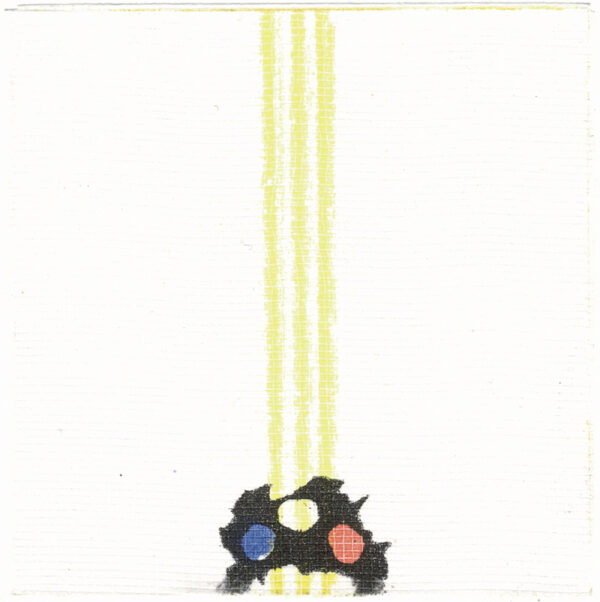
Color spit bite aquatint with soft ground etching and tarlatan chine collé, printed from three plates. From Type, a portfolio of twenty-six etchings.
3 x 3"; 13 x 13". 15.
Crown Point Press and Dena Schuckit.
$1,500 fair market value Unavailable
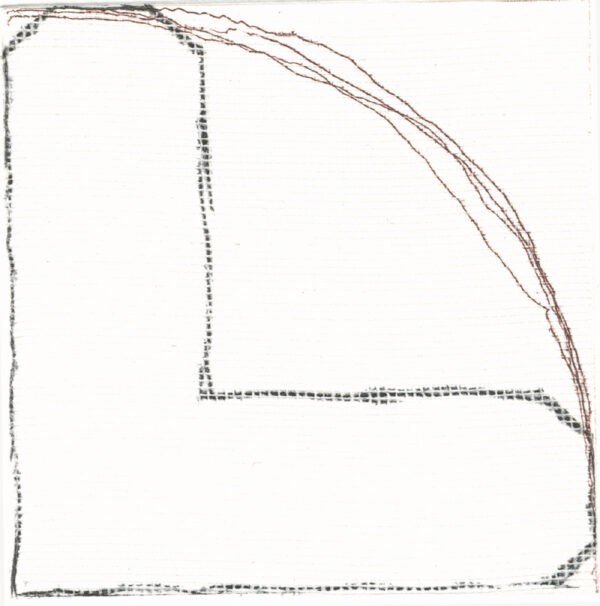
Drypoint with color hard ground etching and tarlatan chine collé, printed from two plates. From Type, a portfolio of twenty-six etchings.
3 x 3"; 13 x 13". 15.
Crown Point Press and Dena Schuckit.
$1,500 fair market value Proof AvailableProof Available

Color aquatint with tarlatan chine collé, printed from two plates. From Type, a portfolio of twenty-six etchings.
3 x 3"; 13 x 13". 15.
Crown Point Press and Dena Schuckit.
$1,500 fair market value Unavailable

Color aquatint with tarlatan chine collé, printed from two plates. From Type, a portfolio of twenty-six etchings.
1 3/4 x 3"; 13 x 13". 15.
Crown Point Press and Dena Schuckit.
$1,500 fair market value Unavailable

Aquatint with hand-painted tarlatan chine collé, printed from one plate. From Type, a portfolio of 26 etchings.
3 x 3"; 13 x 13". 15.
Crown Point Press and Dena Schuckit.
$1,500 fair market value InquireInquire

Color aquatint with drypoint and tarlatan chine collé, printed from three plates. From Type, a portfolio of twenty-six etchings.
3 x 3"; 13 x 13". 15.
Crown Point Press and Dena Schuckit.
$1,500 Unavailable

Color spit bite aquatint with soft ground etching and tarlatan chine collé, printed from two plates. From Type, a portfolio of twenty-six etchings.
3 x 3"; 13 x 13". 15.
Crown Point Press and Dena Schuckit.
$1,500 fair market value Unavailable
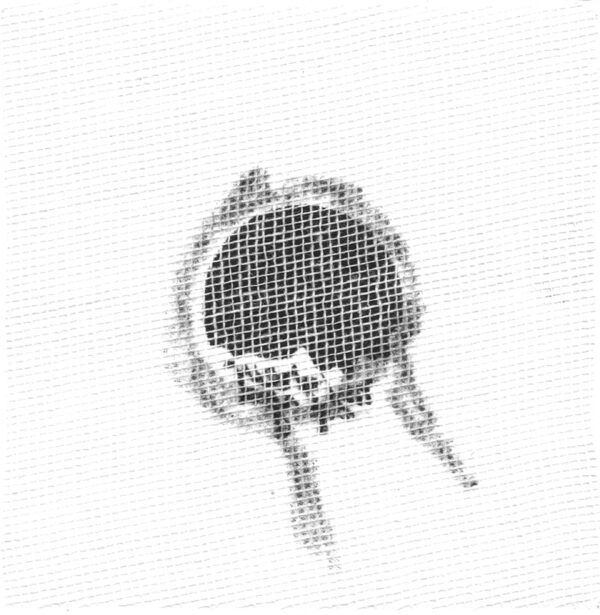
Aquatint with drypoint and tarlatan chine collé, printed from two plates. From Type, a portfolio of twenty-six etchings.
3 x 3"; 13 x 13". 15.
Crown Point Press and Dena Schuckit.
$1,500 InquireInquire
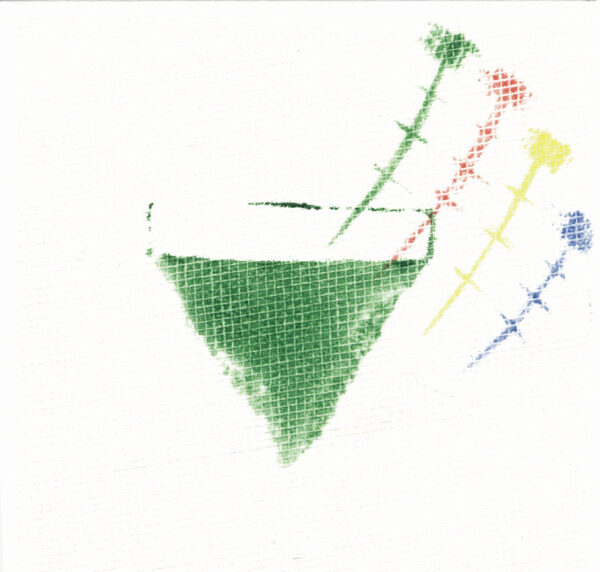
Color spit bite aquatint with drypoint and tarlatan chine collé, printed from two plates. From Type, a portfolio of twenty-six etchings.
3 x 3"; 13 x 13". 15.
Crown Point Press and Dena Schuckit.
$1,500 Proof AvailableProof Available

Color spit bite aquatint with tarlatan chine collé and dab of blue ink, added after printing; printed from one plate. From Type, a portfolio of twenty-six etchings.
3 x 3"; 13 x 13". 15.
Crown Point Press and Dena Schuckit.
$1,500 fair market value Unavailable

Color aquatint with drypoint and tarlatan chine collé, printed from three plates. From Type, a portfolio of twenty-six etchings.
3 x 3"; 13 x 13". 15.
Crown Point Press and Dena Schuckit.
$1,500 fair market value Unavailable

Color aquatint with soft ground etching, aquatint, and tarlatan chine collé, printed from two plates. From Type, a portfolio of twenty-six etchings.
3 x 3"; 13 x 13". 15.
Crown Point Press and Dena Schuckit.
$1,500 fair market value Unavailable

Color spit bite aquatint with hard ground etching and tarlatan chine collé, printed from two plates. From Type, a portfolio of twenty-six etching.
3 x 3"; 13 x 13". 15.
Crown Point Press and Dena Schuckit.
$1,500 fair market value Proof AvailableProof Available

Color drypoint with shaped tarlatan chine collé, printed from three plates. From Type, a portfolio of twenty-six etchings.
3 x 3"; 13 x 13". 15.
Crown Point Press and Dena Schuckit.
$1,500 fair market value Proof AvailableProof Available

Color spit bite aquatint with tarlatan chine collé, printed from three plates. From Type, a portfolio of twenty-six etchings.
3 x 3"; 13 x 13". 15.
Crown Point Press and Dena Schuckit.
$1,500 fair market value Unavailable

Color drypoint with tarlatan chine colle, printed from four plates. From Type, a portfolio of twenty-six etchings.
3 x 3"; 13 x 13". 15.
Crown Point Press and Dena Schuckit.
$1,500 fair market value Unavailable

Color drypoint with aquatint and tarlatan chine collé, printed from two plates, one diagonally cut in half. From Type, a portfolio of twenty-six etchings.
3 x 3"; 13 x 13". 15.
Crown Point Press and Dena Schuckit.
$1.500 InquireInquire

Portfolio of six aquatints and a textual page in an artist-designed box.
each 9¼ to 25 x 18½ to 23¼"; each 9¼ to 25 x 18½ to 23¼". 20.
Crown Point Press and Dena Schuckit.
$25,000 InquireInquire

Portfolio of seven aquatints.
each 14 x 14"; each 21 x 20". 15.
Crown Point Press and Dena Schuckit.
$25,000 fair market value Unavailable

Portfolio of eight aquatints.
each 13 x 11¾"; each 19 x 18". 20.
Crown Point Press and Dena Schuckit.
$20,000 InquireInquire

Portfolio of eight color aquatints with etching, drypoint, embossing and woodcut.
various; each 11 x 11". 25.
Crown Point Press and Daria Sywulak.
$20,000 fair market value Unavailable

Portfolio of seven color aquatints.
varies; varies. 40.
Crown Point Press and Dena Schuckit.
$40,000 fair market value Unavailable

Color aquatint.
10 x 17¾"; 14 x 22". 40.
Crown Point Press and Dena Schuckit.
$6,000 fair market value Unavailable

Color aquatint.
19¾ x 14"; 24 x 18". 40.
Crown Point Press and Dena Schuckit.
$6,000 InquireInquire

Color aquatint.
19¾ x 17¾"; 24 x 22". 40.
Crown Point Press and Dena Schuckit.
$6,000 InquireInquire

Color aquatint.
16 x 29¾"; 20 x 33¾". 40.
Crown Point Press and Dena Schuckit.
$6,000 InquireInquire

Color aquatint.
18 x 18"; 22 x 22". 40.
Crown Point Press and Dena Schuckit.
$6,000 InquireInquire

Color aquatint.
22¾ x 20"; 27 x 24". 40.
Crown Point Press and Dena Schuckit.
$6,000 fair market value Unavailable

Color aquatint.
17¾ x 19¾"; 22 x 24". 40.
Crown Point Press and Dena Schuckit.
$6,000 fair market value Proof AvailableProof Available

Seven color woodcuts with hand-painted borders in a portfolio designed by the artist.
each 10¼ x 14"; each 12 x 16". 30.
Crown Point Press and Lee Guiyin at the Duo Yun Xuan Workshop in Shanghai, China.
$25,000 fair market value Proof AvailableProof Available

Color woodcut printed on silk backed with paper.
21¾ x 17"; 21¾ x 17". 30.
Crown Point Press and Tadashi Toda at Shi-un-do Print Shop, Kyoto & Qin Yun Hu and Jiang Ming, Duo Yun Xuan Workshop, Shanghai, China.
$7,000 InquireInquire
